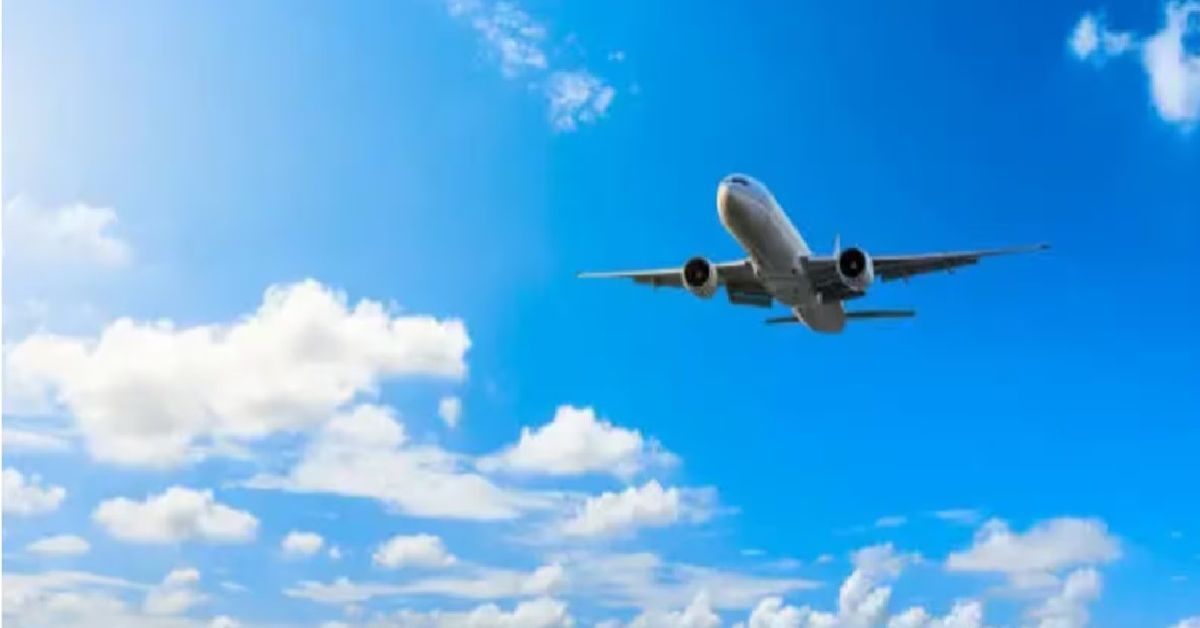India’s airport capital expenditure programme, pursued by both private and public sectors, has achieved 91 per cent of the planned outlay of over Rs 91,000 crore from FY20 to FY25, according to the Economic Survey FY25, which was tabled in Parliament.
The capital outlay has led to the construction as well as refurbishment of airports, alongside creation of civil enclaves and new terminal buildings. Notably, the expenditure went towards the upcoming Noida International and Navi Mumbai airports as well. To enhance connectivity in the country, the PM Gati Shakti initiative is integrating the aviation sector with other modes of transport, such as railways, roads, and waterways.
The survey also credited the Ude Desh ka Aam Naagrik (UDAN) scheme for improved air connectivity.
Under the regional connectivity scheme (UDAN), 619 routes connecting 88 airports, including two water aerodromes and 13 heliports, have been operationalised so far. Citing India as the fastest growing aviation market globally, the survey said that Indian airlines have placed orders for 1,500 aircraft. Currently, India has more than 800 commercial aircrafts. Earlier this month, official data showed that domestic airlines ferried 6.12 per cent more passengers during January-December 2024 year-on-year. Passenger traffic increased to 16.13 crore, as against 15.20 crore during the corresponding period in the previous year.
As per Boeing’s 2024 Commercial Market Outlook for South Asia, over 2,700 new airplane deliveries are expected in India by 2042. India will dominate the South Asian market, representing more than 90 per cent of total deliveries. Furthermore, air cargo handling capacity has been gradually increasing, the survey noted. It reached 8 million tonnes in FY24, from 7.5 million tonnes in FY23.
In the maintenance, repair, and overhaul (MRO) segment, the survey said that the government is encouraging original equipment manufacturers to establish facilities in India and has introduced policies to align the sector with global standards. High taxes on spares had dented the growth of the MRO sector in the past. In the last calendar year, the Centre rationalised a uniform 5 per cent integrated goods and services tax on imported aircraft parts and tools.
Additionally, the increasing number of aviation part manufacturers is expected to create a supplier base for this segment in the coming years. On unmanned aircraft systems (UAS), the survey pointed out that about ₹60.6 crore has been disbursed under the PLI scheme to support drone manufacturing.
The survey cited that, as of October 31, 2024, India has seen a notable rise in drone activities, with 140 remote pilot training organisations, 18,862 remote pilot certificates issued, 26,659 registered drones, and 82 approved drone models (DGCA type certificates). In addition, the survey said that as of November 30, 2024, 32 aircraft leasing entities (including provisional) have registered in the GIFT-IFSC, leasing 105 aviation assets, including 53 aircraft and 52 engines.







